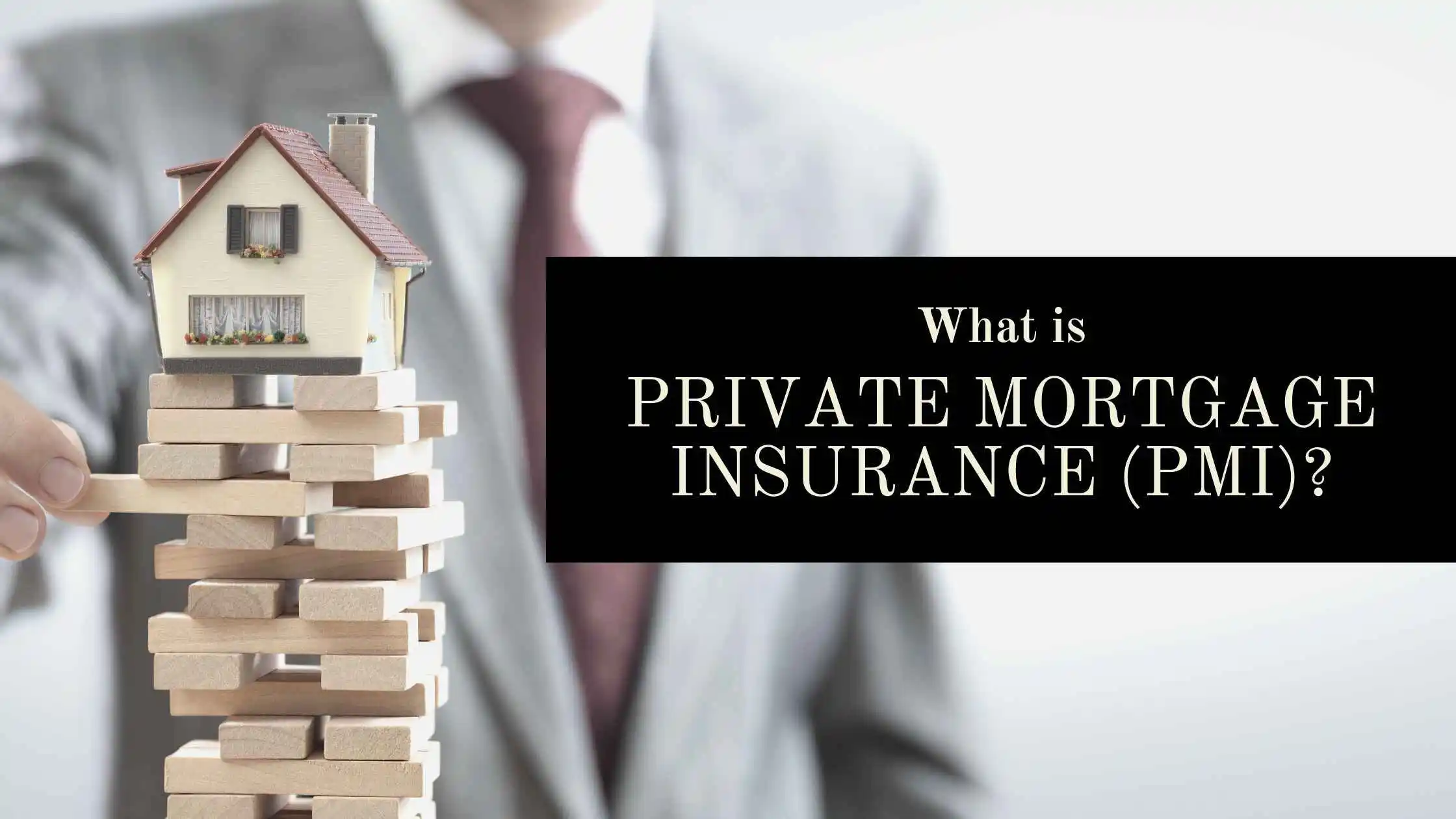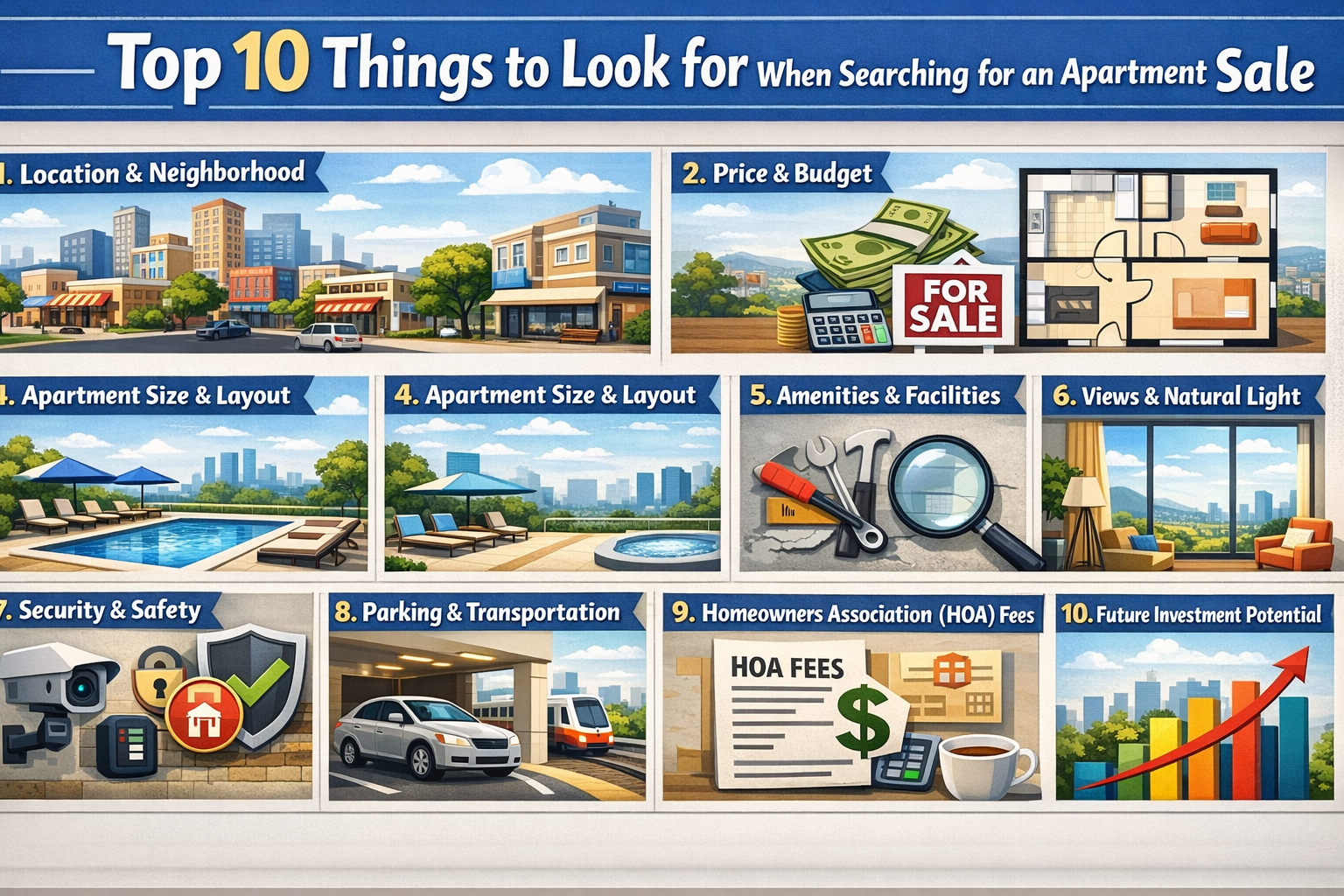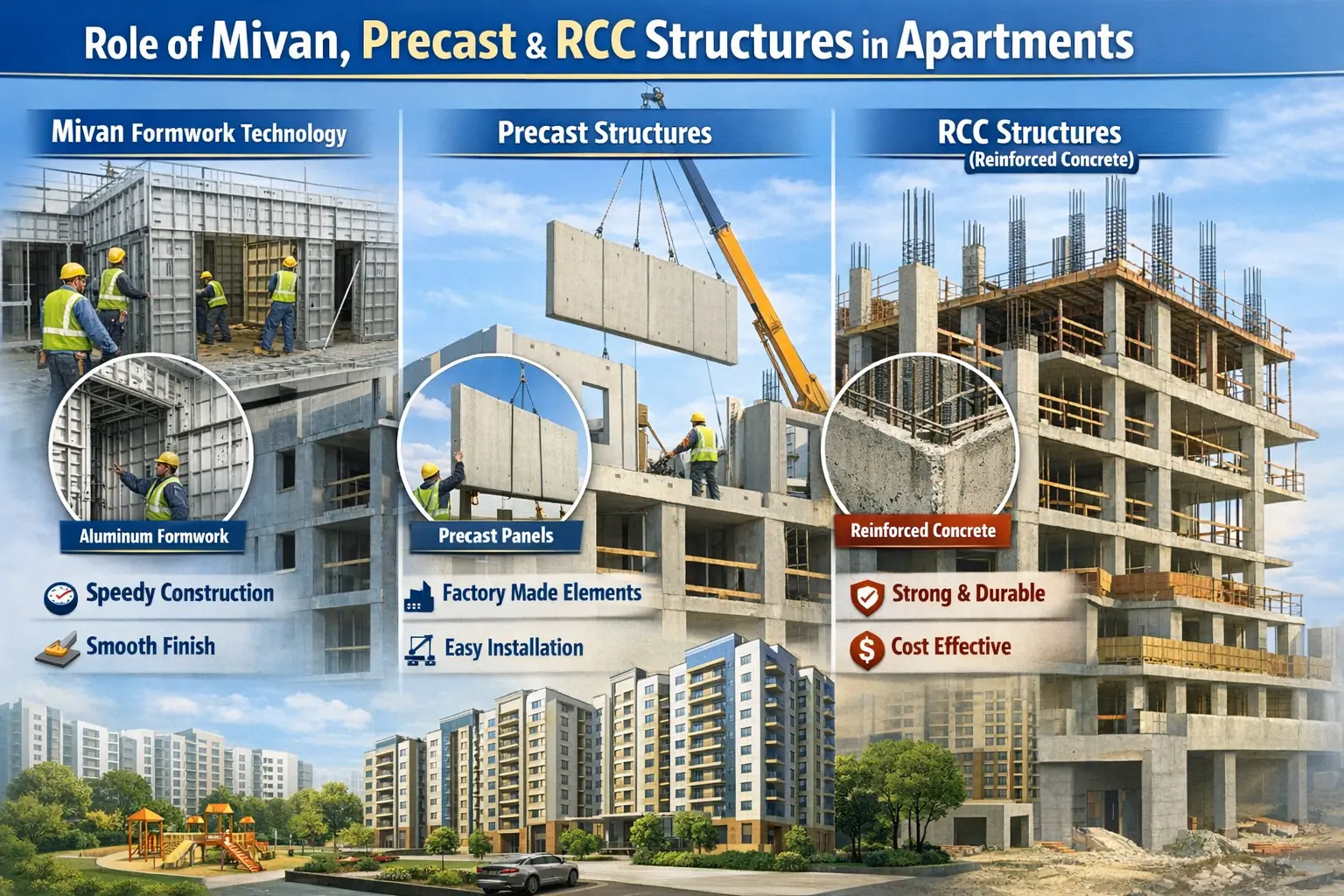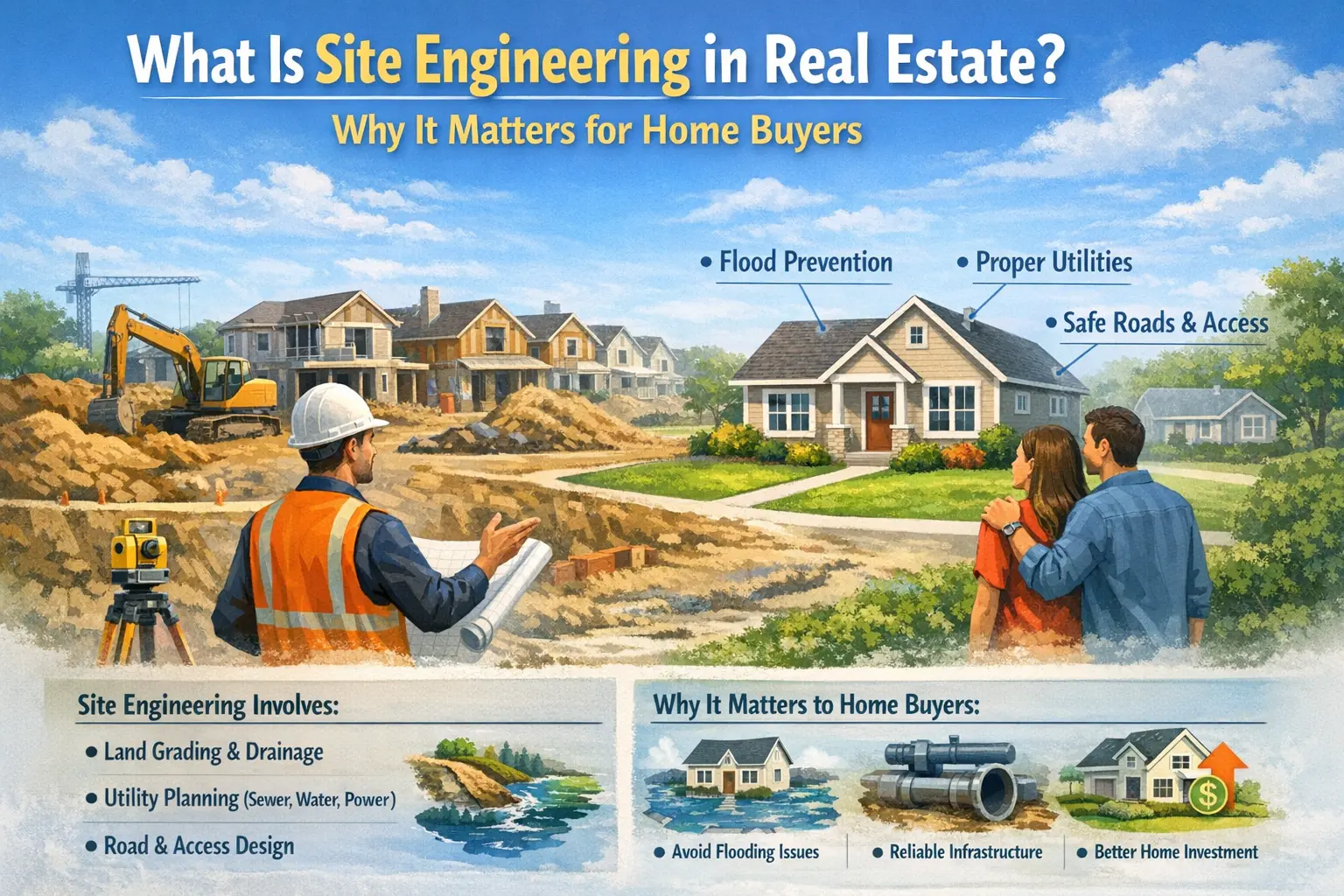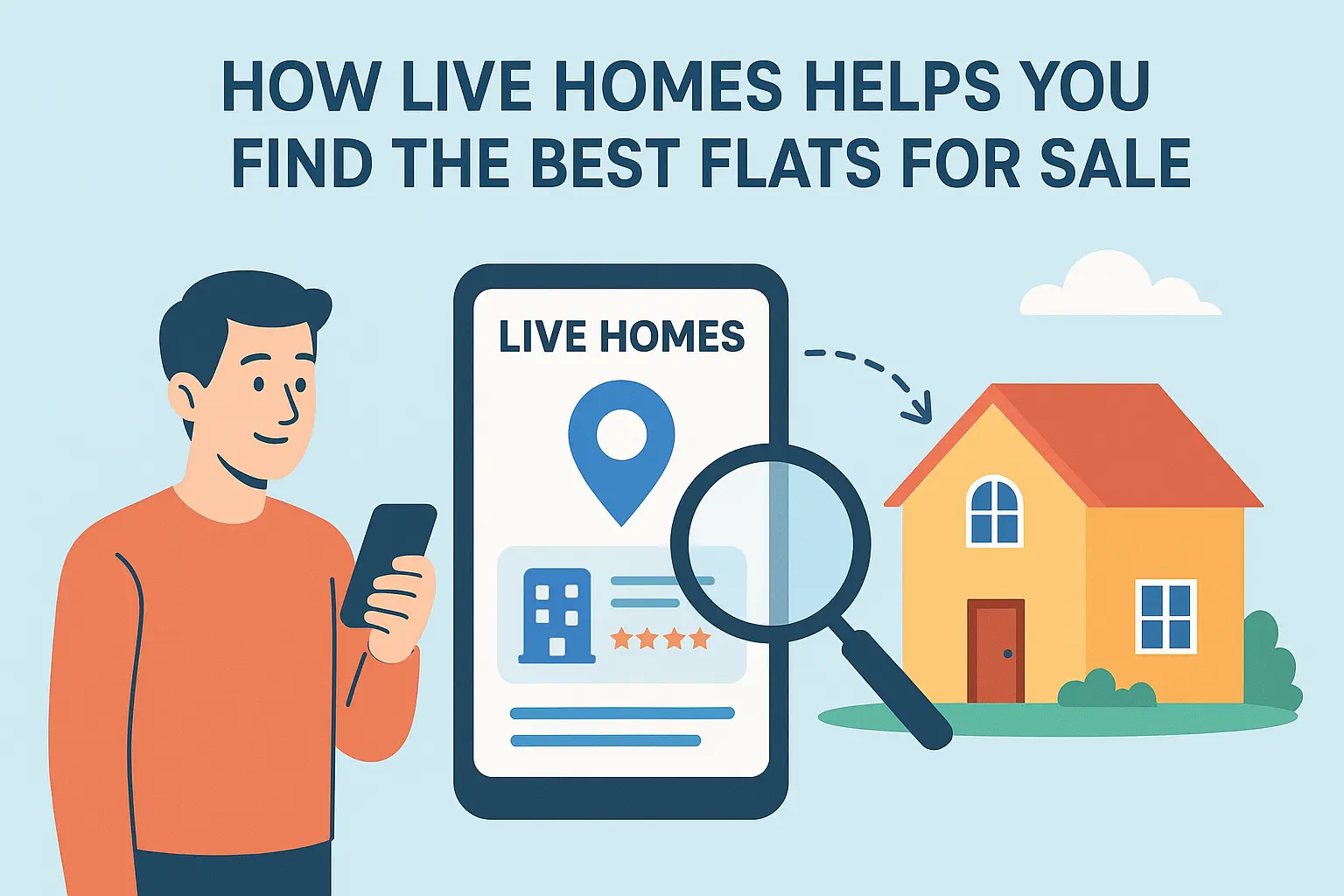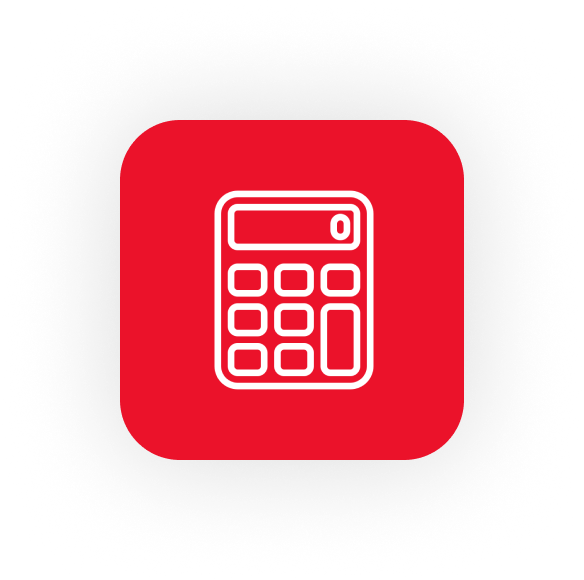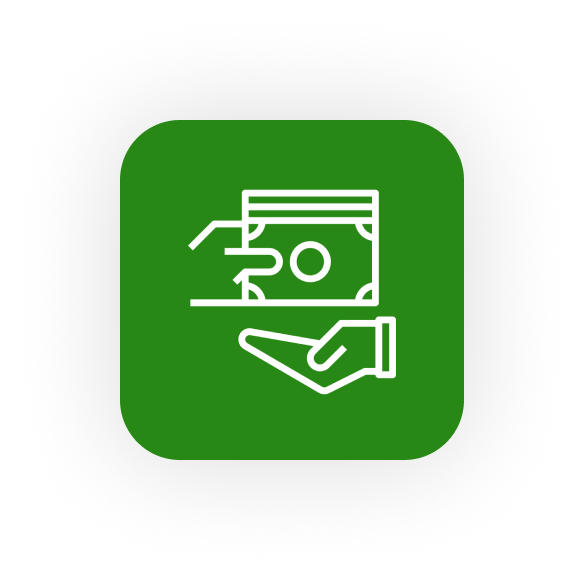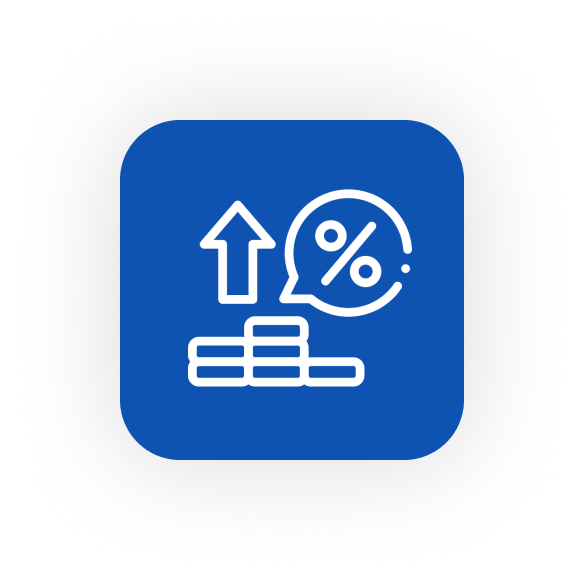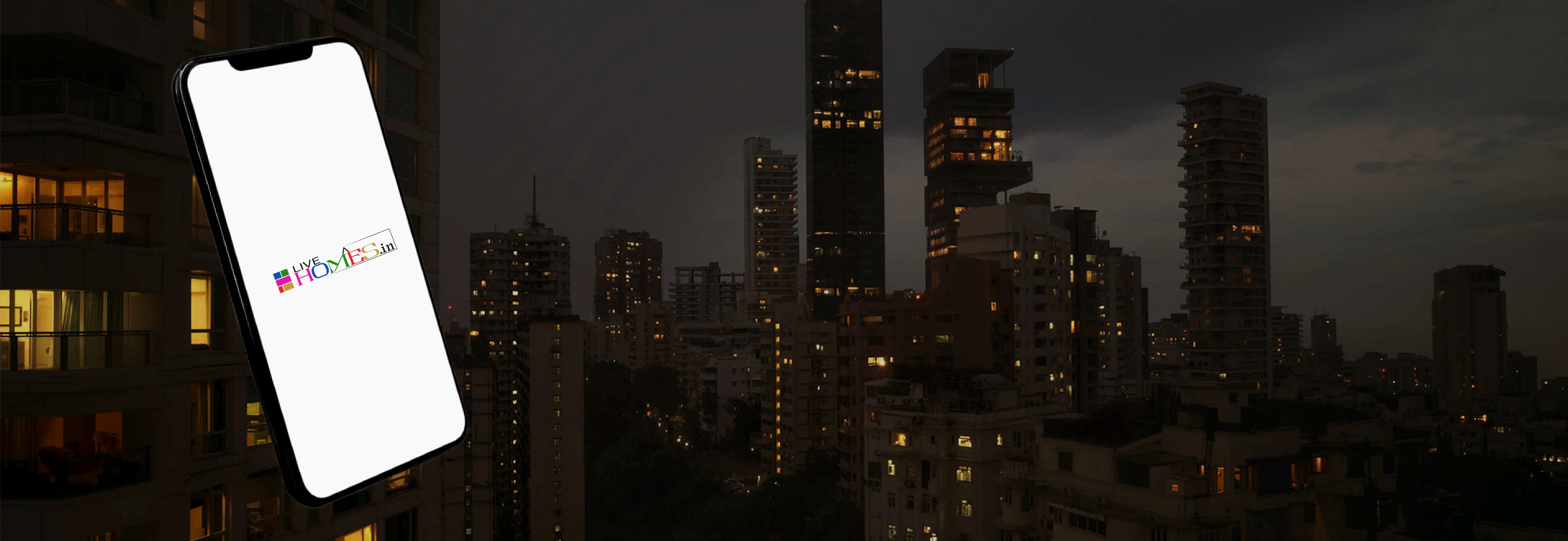What is Private Mortgage Insurance (PMI)?
Private Mortgage Insurance (PMI) is a type of insurance that protects the lender in case a borrower defaults on their mortgage loan. PMI is usually required by lenders when the borrower is unable to make a down payment of at least 20% of the home’s purchase price or appraised value.
Why PMI is Required
Lenders use PMI as a risk management tool when they lend money to borrowers who have a lower down payment, typically under 20%. The primary reason PMI is required for these loans is that borrowers with smaller down payments are considered higher risk. Since the borrower has less equity in the property, the lender’s risk of losing money in the event of foreclosure is greater. PMI helps mitigate that risk by covering the lender for a portion of the losses if the borrower defaults.
How Does PMI Work?
When you take out a mortgage with less than a 20% down payment, the lender might require you to pay for PMI as a condition of approving your loan. PMI helps protect the lender from the possibility of losing money if you default on the mortgage. If the borrower defaults and the home goes into foreclosure, PMI will cover part of the lender's losses.
However, PMI only benefits the lender; it does not protect the borrower. If a borrower defaults, PMI helps the lender recoup a portion of the losses, but it doesn’t pay off the borrower’s debt.
How Much Does PMI Cost?
The cost of PMI can vary based on several factors, including:
-
Loan Amount: Larger loan amounts may result in higher PMI premiums.
-
Loan-to-Value (LTV) Ratio: PMI is more expensive for loans with higher LTV ratios (i.e., smaller down payments).
-
Credit Score: Borrowers with lower credit scores may face higher PMI costs.
-
Type of Loan: Conventional loans typically have different PMI rates compared to government-backed loans (e.g., FHA loans).
Generally, PMI costs between 0.3% to 1.5% of the original loan amount per year. The premium can be added to your monthly mortgage payment or paid upfront in a lump sum at closing. Some lenders may offer options for single premium PMI or split premium PMI, where part of the cost is paid upfront and the rest is included in the monthly payment.
Types of PMI
There are several types of PMI, each with different ways of paying the insurance premium:
-
Monthly PMI:
-
The most common type of PMI, where the premium is added to your monthly mortgage payment.
-
The premium usually decreases over time as you pay down the principal and your LTV ratio improves.
-
-
Upfront PMI:
-
This is a one-time premium paid at closing, typically a percentage of the loan amount.
-
Some lenders allow upfront PMI to be financed, meaning you can roll it into the loan amount, increasing your overall mortgage balance.
-
-
Split PMI:
-
A combination of upfront PMI and monthly PMI.
-
A portion of the premium is paid upfront, and the rest is included in your monthly payments.
-
-
Single-Premium PMI:
-
An upfront, lump sum premium that covers the entire cost of PMI over the life of the loan.
-
This is typically paid at closing and can be financed into the mortgage, but it increases the loan balance.
-
How to Avoid PMI
If you want to avoid paying PMI, the most straightforward way is to make a down payment of at least 20% of the home’s purchase price. However, there are several other options to avoid PMI or minimize its impact:
-
Piggyback Loans (Second Mortgages):
-
Some borrowers opt for a "piggyback loan," which involves taking out a second mortgage to cover the down payment. This could involve a 80-10-10 loan (80% first mortgage, 10% second mortgage, and 10% down payment). With this structure, PMI is typically not required.
-
-
Lender-Paid Mortgage Insurance (LPMI):
-
In some cases, lenders may offer a program where they pay the PMI, but this usually comes with a higher interest rate. It can save the borrower from having to pay monthly PMI, but it could cost more over time due to the higher interest rate.
-
-
VA Loans and USDA Loans:
-
If you're eligible for a VA loan (Veterans Affairs) or USDA loan (United States Department of Agriculture), you may not be required to pay PMI, even with a low down payment.
-
-
FHA Loans:
-
FHA loans have a form of mortgage insurance that is similar to PMI but is structured differently. FHA borrowers may have to pay an upfront mortgage insurance premium (UFMIP) as well as an annual insurance premium (which is paid monthly). However, unlike PMI, FHA mortgage insurance may not be cancellable in some cases.
-
-
Refinance to Remove PMI:
-
Once your home’s equity reaches 20% through paying down the loan or an increase in property value, you can refinance the loan to remove PMI or negotiate with your lender to eliminate it.
-
Home value appreciation may also allow you to remove PMI if your LTV ratio drops below 80%.
-
Can PMI Be Removed?
Yes, PMI can usually be removed when you have at least 20% equity in your home. There are two ways to remove PMI:
-
Automatic Termination:
-
By law, if your loan balance reaches 78% of the original value of the property (based on the original amortization schedule), PMI must be automatically removed, as long as you are current on your mortgage payments.
-
-
Borrower-Requested Termination:
-
If your loan balance drops to 80% or less of the home’s current value, you can request that the PMI be removed. However, you’ll typically need to prove that your home’s value has appreciated (through an appraisal) or that your loan balance has been paid down enough to meet the 80% LTV ratio.
-
Benefits of PMI (For Lenders)
-
Protection for Lenders: PMI offers financial protection to lenders in case a borrower defaults on their loan. This reduces the lender's risk, especially when the borrower has a smaller down payment.
Drawbacks of PMI (For Borrowers)
-
Cost: PMI can significantly increase your monthly mortgage payment, adding hundreds of dollars per month to your housing costs.
-
No Benefit to Borrower: PMI protects the lender, not the borrower. If you default on your mortgage, PMI won't help pay down your loan; it only helps the lender recoup part of their losses.
-
Long-Term Expense: If you don’t pay off your loan quickly or refinance, you could end up paying PMI for several years.
Conclusion
Private Mortgage Insurance (PMI) is a necessary cost for many homebuyers who cannot afford a 20% down payment, as it protects the lender in case of default. While it’s an extra monthly expense, it enables many buyers to secure home financing with a lower down payment. Understanding how PMI works, how to avoid it, and how to remove it can help borrowers navigate the home-buying process and manage their finances effectively.
Also read: Understanding Adjustable Rate Moratage (ARM) in 2025
https://www.livehomes.in/blogs
